What's for dinner? 3 recipes inspired by Czech cuisine
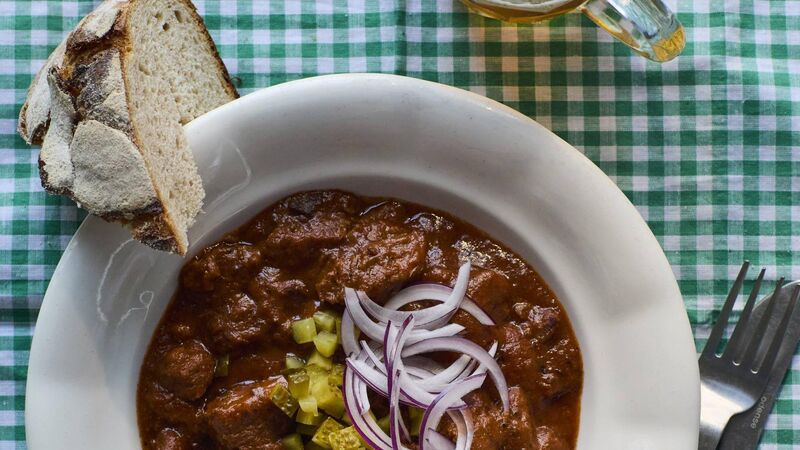
Evie Harbury’s beef goulash. Picture: Ola O. Smit 2025/PA
Czech cuisine is “kind of a mystery” to most British and Irish people, says chef and cookery author Evie Harbury - “apart from the beer”.
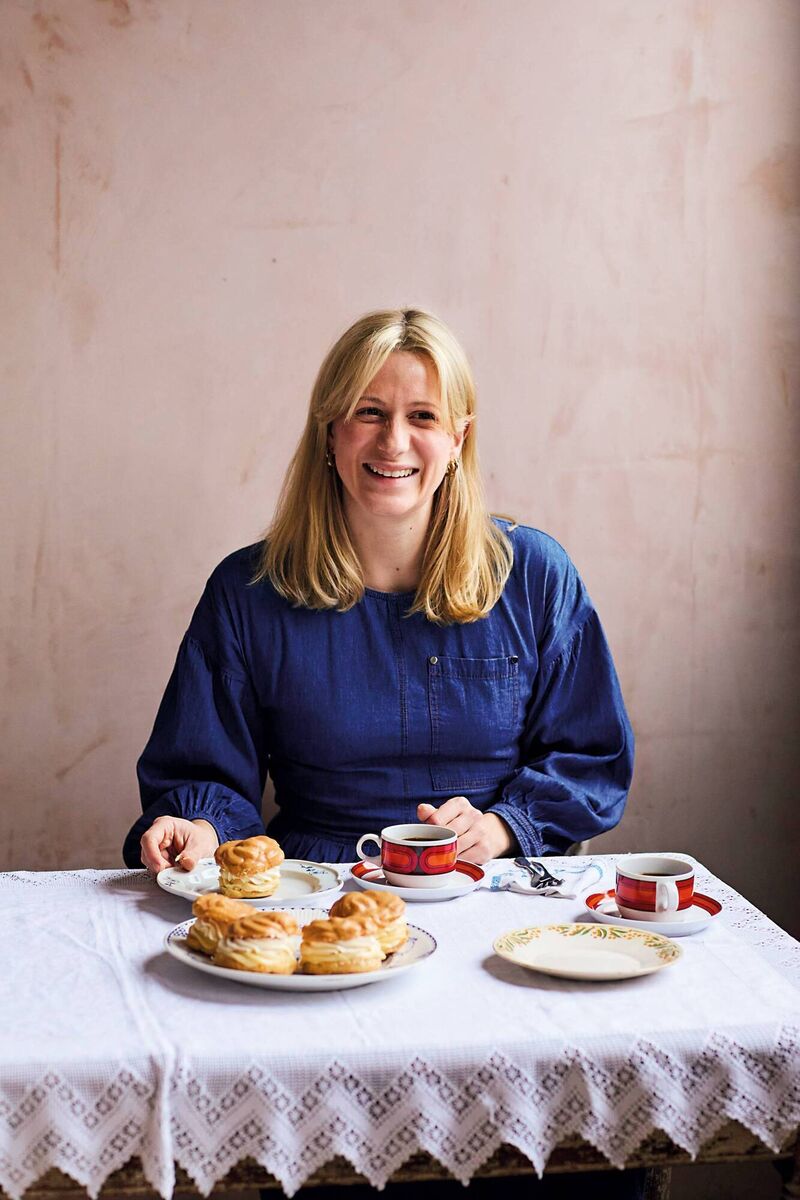
“It’s kind of a way of telling you they love you - by feeding or sharing their Slivovice with you.”
, by Evie Harbury, is published by Murdoch Books.
These savoury can be eaten for any meal.
Known in South Bohemia as cmunda [ts-mun-dah], bramboraky are similar to what you might know as latkes or rosti, “but less crunchy, more dough-y,” says Evie Harbury.
“These pancakes remind me of my childhood at my granny’s mill in South Bohemia. I remember eating plenty of them as a little sprog, wandering around the stream and forest throughout the summer months. I was seldom without a snack in my hand, and often this was a potato pancake.
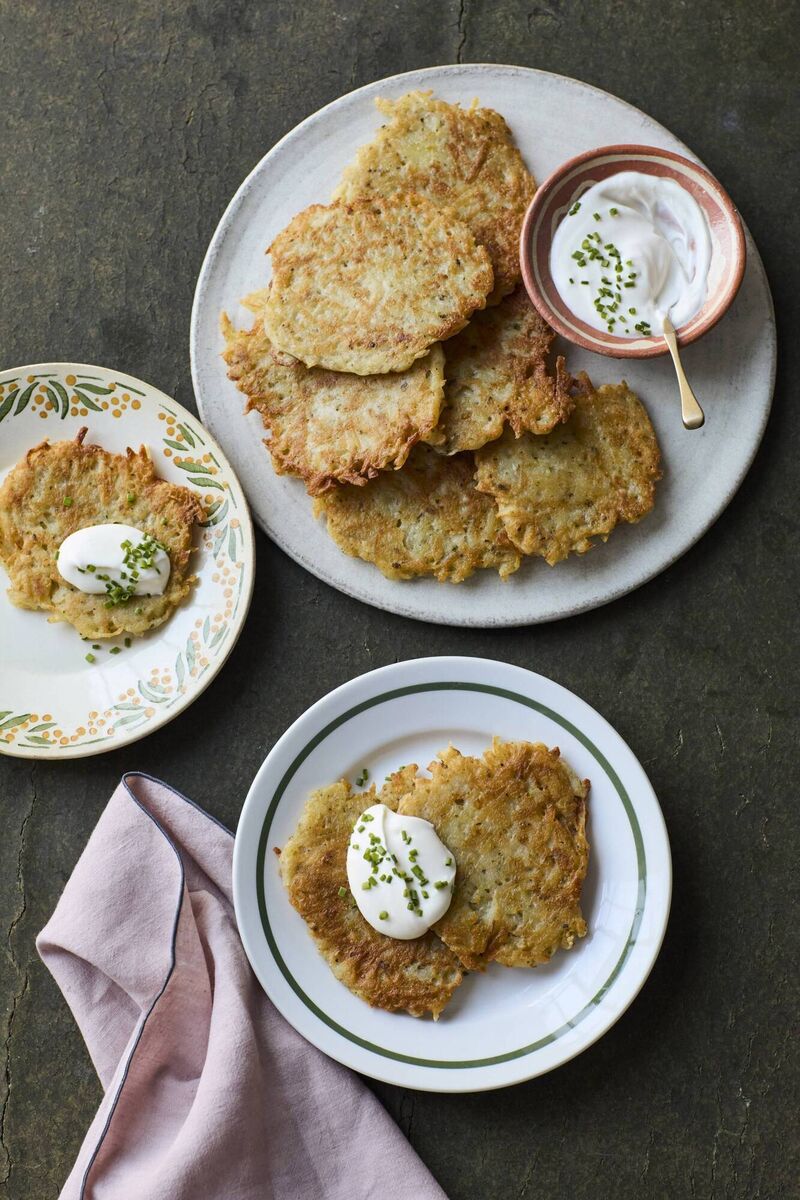
These are absolutely delicious served on their own, or with a dollop of sour cream or even a fried egg on top. They would not be out of place on a breakfast, lunch or dinner plate. Dress them up or take them as they are; these modest and unassuming pancakes are my favourite way to eat potatoes.”
- 800g potatoes (Yukon Gold or Maris Piper), peeled and grated (not too finely)
- 3tbsps whole milk, warmed
- 1 medium egg, beaten
- 2 garlic cloves, crushed
- 2tsps sea salt flakes
- 2tsps dried marjoram
- 100g plain flour
- Lard or vegetable oil, for frying
- Freshly ground black pepper
- To serve (optional):
- Sour cream
- Chopped chives
- Crispy chilli oil
1. Tip grated potatoes into a sieve and press down with your hands or a bowl to strain out any excess liquid they release. Do not wash off the starch, a key player in the texture of these pancakes.
2. Quickly transfer the strained potatoes into a large bowl, along with the warmed milk. Mix well; the milk will keep them from oxidising and turning a muddy brown colour. Add egg, garlic, salt and marjoram, and season with black pepper. Stir well to evenly distribute the flavours.
3. Finally, stir through the flour till just combined. Heat a little lard or vegetable oil in a frying pan over a high heat. Once warm, reduce heat to low and add a spoonful of the potato mixture. Use back of spoon to flatten it out and spread it to about 10cm wide and 5mm thick.
4. Repeat with a few more, taking care not to overcrowd the pan (you could use two frying pans at once to speed up the process). Cook pancakes for 4-5 minutes each side until evenly coloured. Do not be tempted to cook them at too high a heat, as the potato may not cook through.
5. Transfer cooked pancakes to a plate lined with paper towels to drain any excess lard or oil, then repeat with rest of the mixture, adding a little more lard or oil to the pan between each batch. You can keep the pancakes warm under a tea towel or reheat them in the oven if you are cooking in advance.
6. These are best served warm, and I love to eat them with a pinch of sea salt flakes, a dollop of sour cream, a scattering of chives and some crispy chilli oil. They’re also delicious as they are, eaten with your hands as you wander the garden or forest, embracing your inner child.
As a variation, or if you had some to use up, you could add sauerkraut to the mixture, or even some grated carrot.
- 4tbsps lard (or 2tbsps unsalted butter and 2tbsps vegetable oil)
- 500g onions, finely chopped (prepped weight)
- 2 garlic cloves, chopped
- 2tbsps sweet paprika
- 1tbsp hot paprika
- 2tbsps tomato paste (concentrated puree)
- 11/2tbsps plain flour
- 1tbsp vinegar (I use white wine vinegar)
- 1kg braising beef (such as chuck or shank)
- 3 scant tsps fine salt
- 11/2tbsps dried marjoram
- 1tbsp caraway seeds, ground
(it’s best to buy seeds and then grind them yourself)
- 1tbsp caster (superfine) sugar (optional)
To serve:
- Chopped pickled gherkins
- Thinly sliced red onion (optional)
- Sour cream (optional)
- Bread dumplings or crusty bread
1. Heat the lard (or butter and oil) in a large casserole dish or saucepan over a medium-low heat. Add onions and sweat down for 40-60 minutes, stirring regularly, until they are a beautiful caramel colour. The heat should be just high enough for you to hear a constant, very subtle sizzle.
2. Add garlic and cook for a further two minutes, then add paprikas, tomato paste and flour, cook for 20 seconds more, stirring constantly.
3. Add 350 millilitres water, along with vinegar. Bring to boil, stirring constantly to avoid lumps, then remove from heat and blend with a hand blender until completely smooth (or pour into a high-speed blender, then return to pan).
4. Pat beef dry, then cut into 5cm cubes and season with salt. Return the pan containing the onion mixture to a medium heat. Add beef, marjoram and caraway, along with another 350 millilitres of water. Partly cover with lid, leaving some space for steam to escape. Bring to the boil, then reduce the heat to very low and simmer for two to two-and-a-half hours until the beef is tender.
5. Give sauce a taste and add sugar, if you think it could be a touch sweeter. Sometimes the onions and tomato paste are sweet enough on their own, but this varies with each ingredient.
6. Enjoy the goulash hot, topped with chopped pickled gherkins, sliced red onion and sour cream, if you like. Eat with some bread dumplings or crusty bread rolls for a more casual approach.
- 350g cottage cheese or soft tvaroh (‘mekky’)
- 1 large egg, plus 1 yolk
- 200g semola flour or fine semolina, plus extra for rolling
- 12 strawberries, hulled
- For the strawberry sauce:
- 250g strawberries, hulled and roughly chopped
- 50g icing sugar
- To serve:
- 80g hard tvaroh (‘tvrdy’), crumbled (optional)
- 80g unsalted butter, melted
- 100g icing sugar
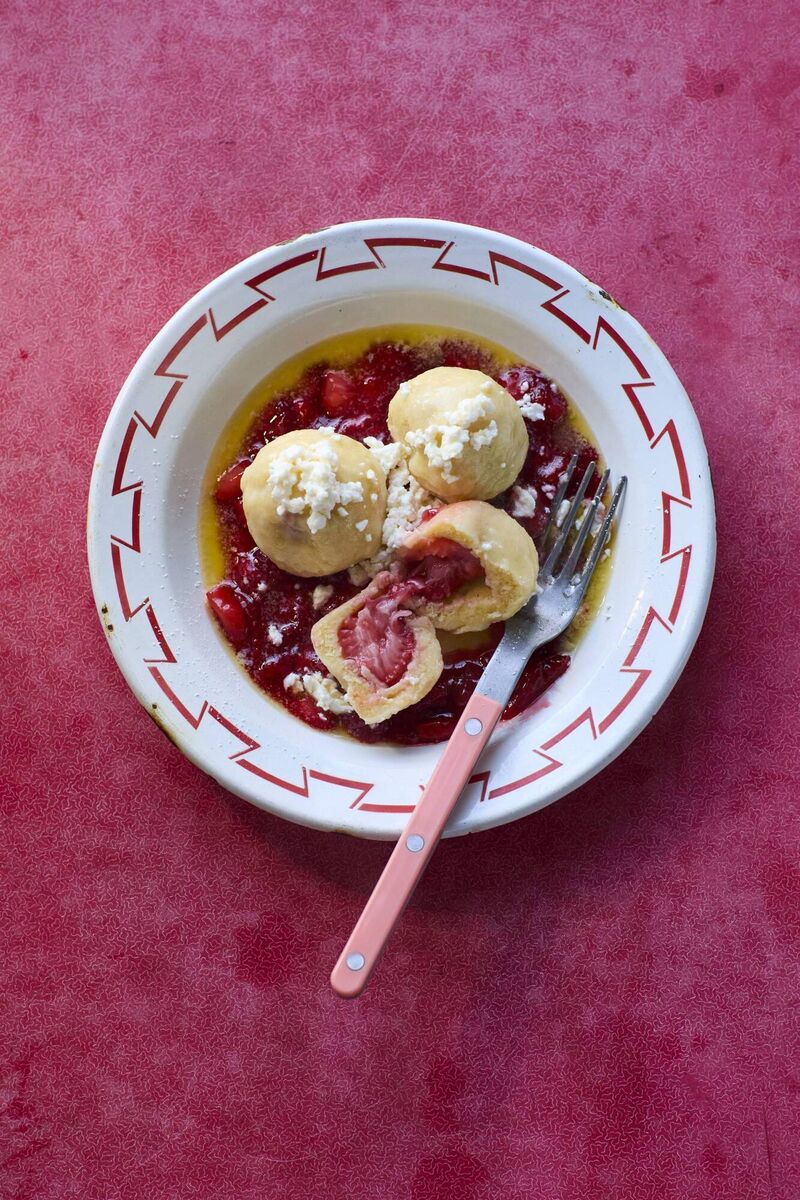
Method
1. Press the cottage cheese or soft tvaroh through a sieve into a large bowl to puree it and remove any lumps. Add egg and extra yolk and mix, then stir in the semola flour and mix again until fully combined.
2. Divide dough into 12 equal-sized pieces and roll each piece into a little ball. Dust your hands with some semola flour. Take one of the dough balls and flatten it in the palm of your hand, then place a hulled strawberry in the centre.
3. Bring dough together around the sides of the strawberry and roll into a ball to completely encase the strawberry. If you have a hole, don’t worry - you can just patch it up, as the dough is very forgiving. Place on a plate dusted with more semola flour to avoid sticking. Repeat with the remaining doughballs.
4. Bring a large pan of water to boil. Carefully lower dumplings into the pan and boil for 7-9 minutes (depending on size of your strawberries), then drain.
5. Meanwhile, make the strawberry sauce by combining the chopped strawberries and icing sugar in a small saucepan over a medium heat. Cook for a couple of minutes until the strawberries begin to break down slightly (this will take two to three minutes longer if the strawberries are less ripe). Keep warm until you’re ready to serve.
6. To serve, divide strawberry sauce between four bowls, then place three dumplings in each. Top with crumbled hard tvaroh, if using, then drizzle the melted butter on top and finish with dusting of icing sugar.
These dumplings can be filled with different fruit in different seasons. Blueberries, plums and apricots are all delicious inside dough.





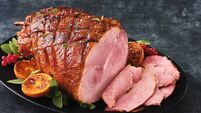

 App?
App?





